GCSE History Trip to Berlin and Krakow
From Wednesday the 23rd to Tuesday the 29th of October 2019, there was a History and RE trip to Berlin and Krakow. It was organised and run by Mr Lyley, Mr Malik and Mrs Paddick....
Filter by Category
Filter by Author

























































































































































































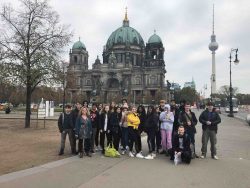
From Wednesday the 23rd to Tuesday the 29th of October 2019, there was a History and RE trip to Berlin and Krakow. It was organised and run by Mr Lyley, Mr Malik and Mrs Paddick....
Posted by Adam Lyley
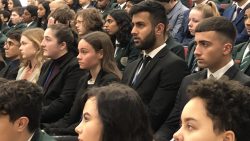
It was great to see students in Elm House listening so intently to Miss Pattni’s typically inspiring assembly at the start of the day last Wednesday on the theme of...
Posted by Jeremy Turner
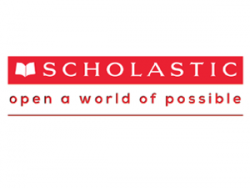
Our new Scholastic Book Club is up and running! Go to http://schools.scholastic.co.uk/bushey-meads to browse the latest books and order online. For every £1 you spend on this...
Posted by Teresa Turton
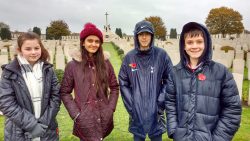
Last week, I was delighted to take four of our students on one of the First World War Centenary Battlefields trips organised and led by the UCL Institute of Education. As with...
Posted by Roger Newbold
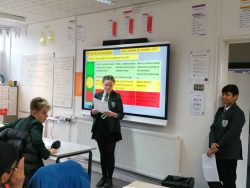
¡Hola! Year 8s have been learning in Spanish about “En la ciudad y en el campo“, about the differences between living in a city and in the countryside. Students...
Posted by Monica Palenzuela

Posted by James Felix

Posted by Kashan Malik
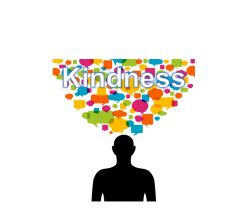
Posted by Sara Ash - Deputy Headteacher
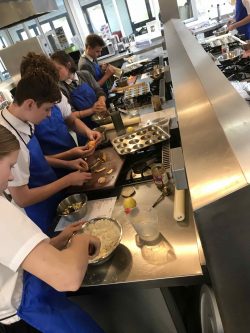
Mrs Hanbury was so proud of her Year 10 Food Preparation and Nutrition group for working diligently, with care and precision to prepare over 100 mince pies to take to Hartsbourne...
Posted by Alison Hanbury
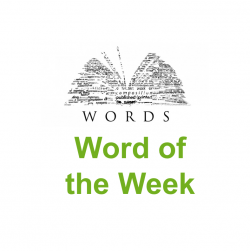
Posted by Danielle Bowe
From Wednesday the 23rd to Tuesday the 29th of October 2019, there was a History and RE trip to Berlin and Krakow. It was organised and run by Mr Lyley, Mr Malik and Mrs Paddick. Early morning, on the 23rd of October, we arrived in at the Schoenefeld Airport in Berlin and visited the German Historical Museum, the Olympic Stadium and the Reichstag.
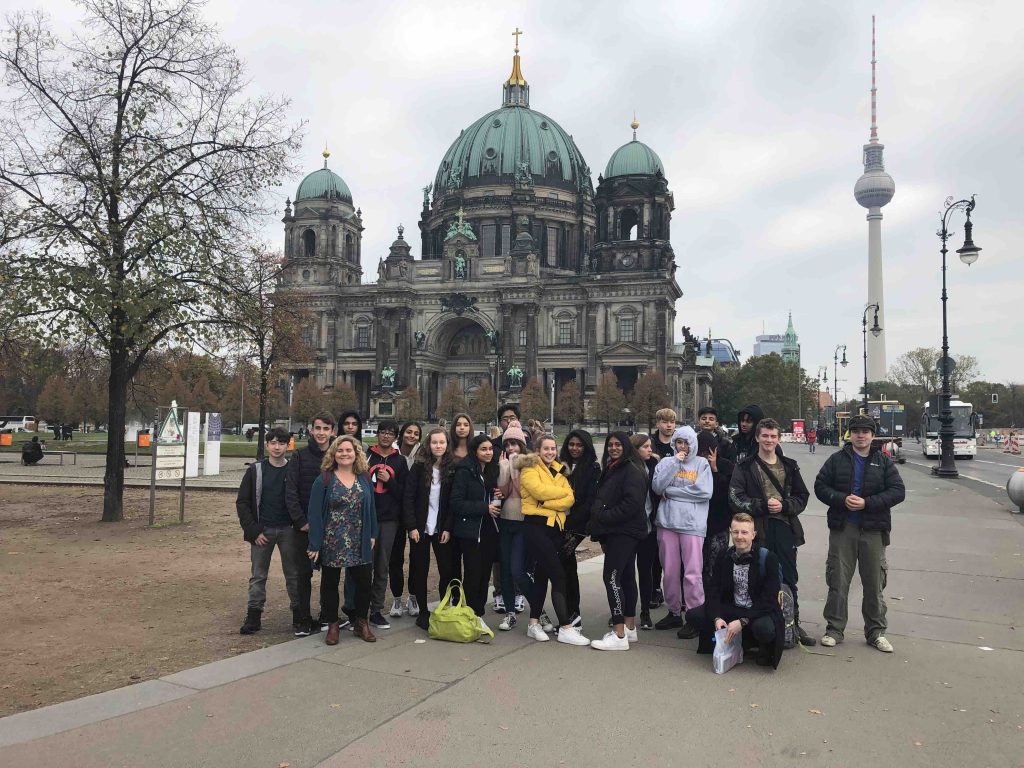

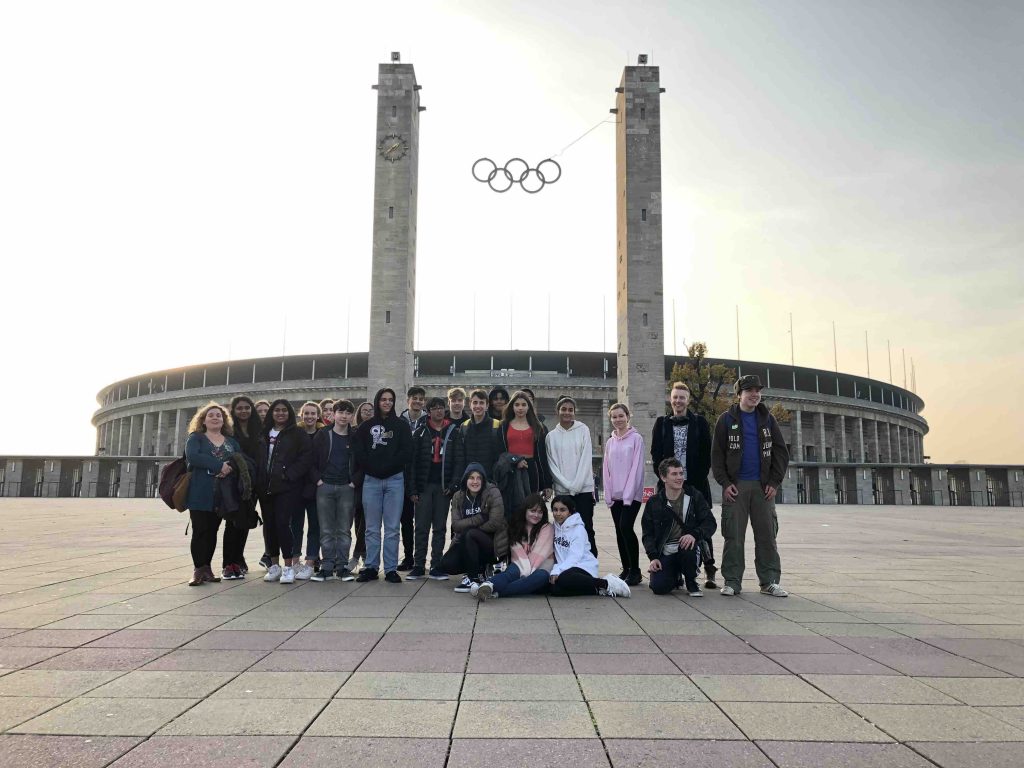
We first received a guided tour at the German Historical Museum where we learnt about the general history of Germany, which became unified in 1871. After this, we went to the Olympic Stadium where we received a guided tour and learnt about the importance of the Olympics and sport in German History. This stadium is significant because it was home to the Olympic Games in Berlin, 1936, in which Jesse Owens competed, and beat Hitler’s ideology of Aryans being the ‘master race’ by earning 4 gold medals.
After dinner, we visited the Reichstag. The Reichstag is significant in German history because of the Reichstag fire which occurred in 1933. Here, we saw the view of Berlin from the dome of the Reichstag.
On the second day, we had a walking tour of Berlin where we learnt about monuments around Berlin. We saw a sculpture of Georg Elser’s face, a man who failed to assassinate Hitler in 1939. We also visited the Topography of Terror. Here we learnt about the Gestapo, the SS and the methods they used to scare people in and around Germany. After this, we saw the remains of the Berlin Wall and learnt how to tell if you were in East or West Germany. 
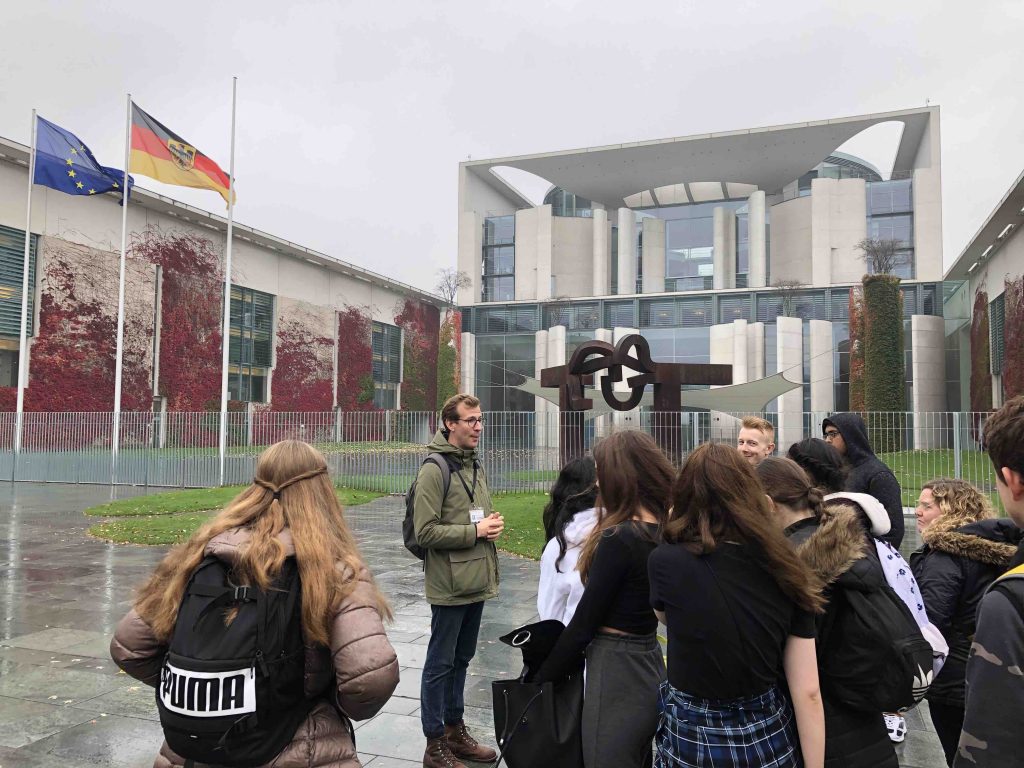
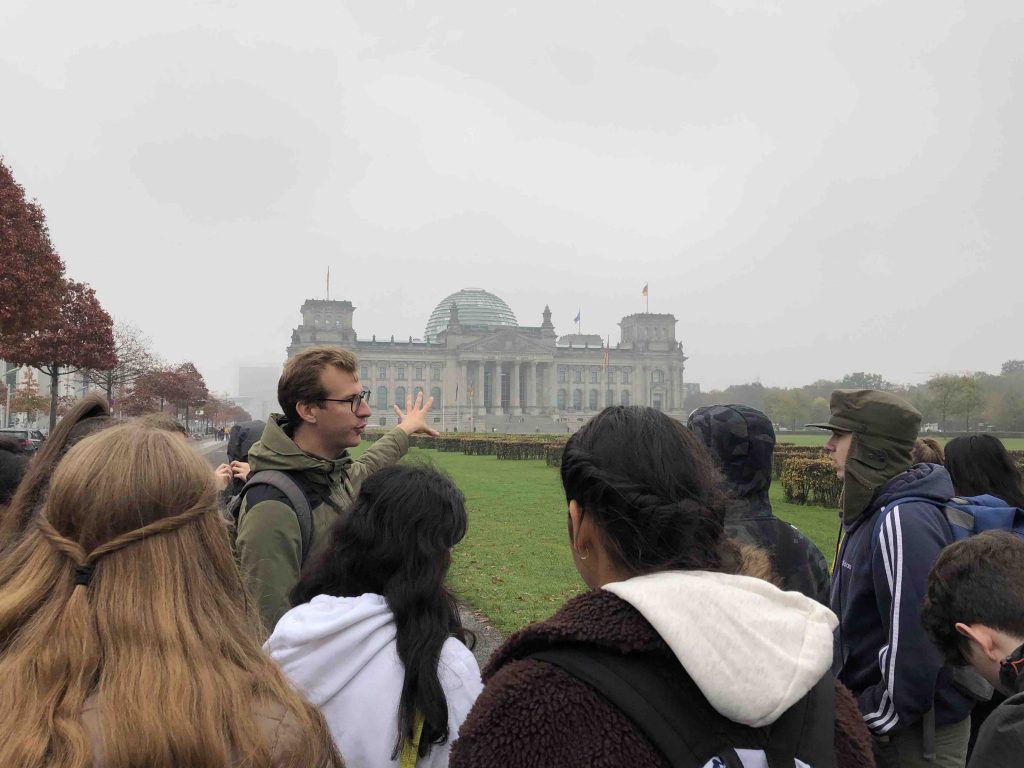
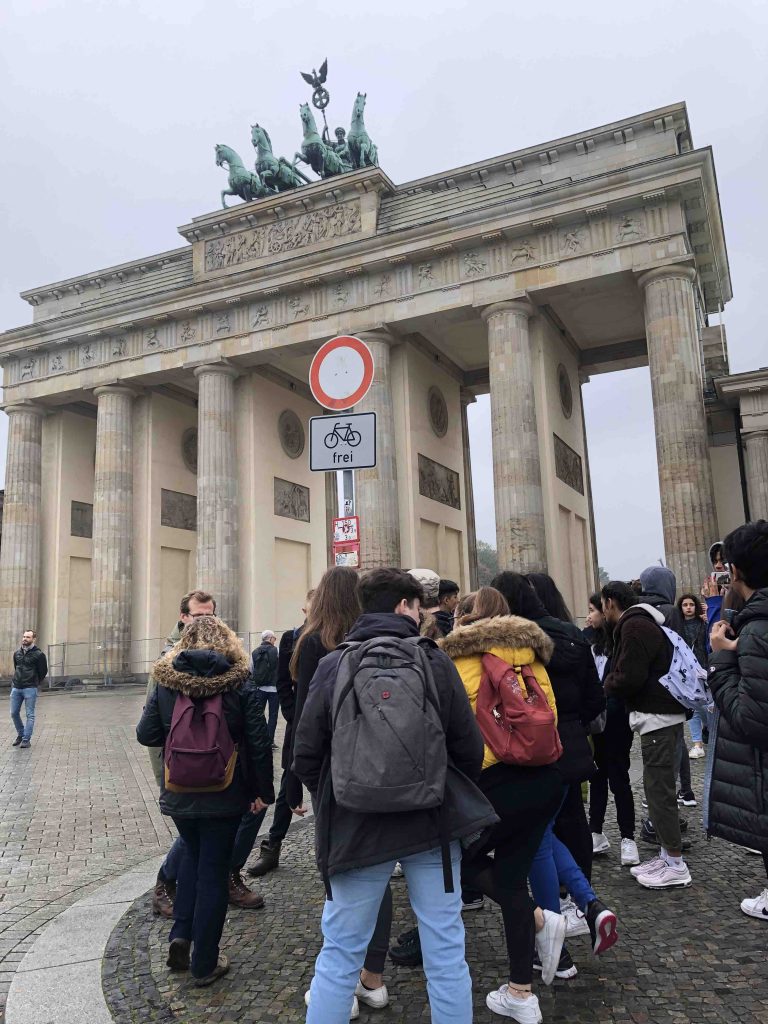
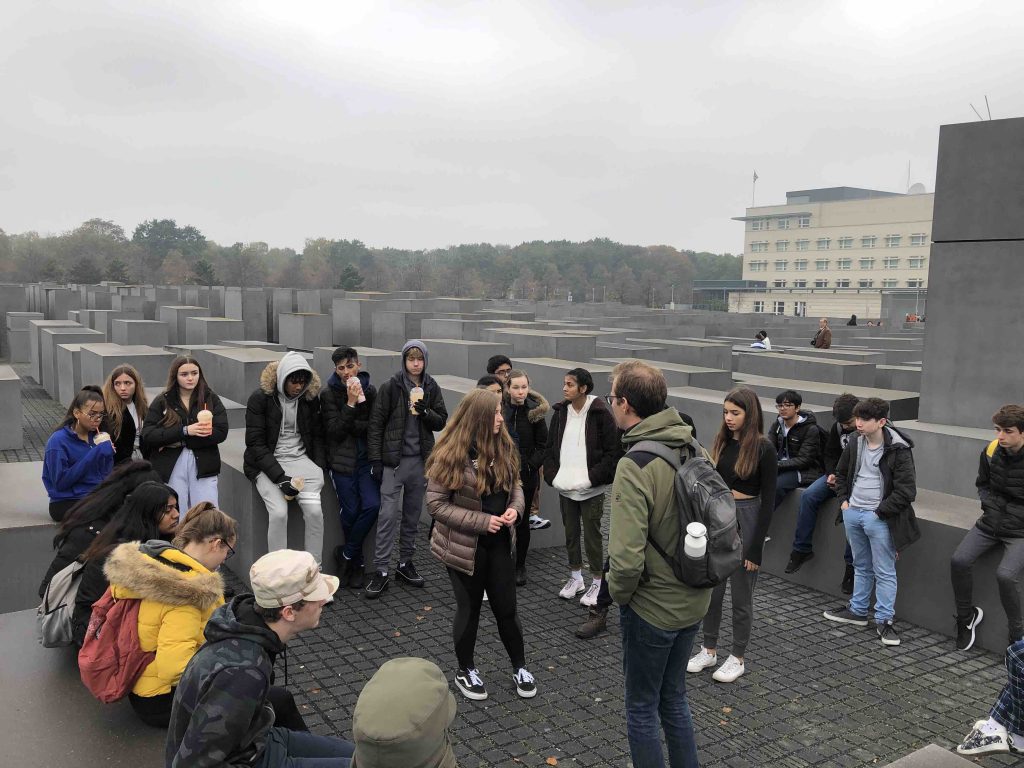 After this, we went to the German Resistance Memorial Centre to learn about the actions of the brave individuals and groups who fought against and disagreed with what the Nazis were doing. To finish the day, we visited the Berlin TV Tower, which gave us some great views across the beautiful city of Berlin.
After this, we went to the German Resistance Memorial Centre to learn about the actions of the brave individuals and groups who fought against and disagreed with what the Nazis were doing. To finish the day, we visited the Berlin TV Tower, which gave us some great views across the beautiful city of Berlin.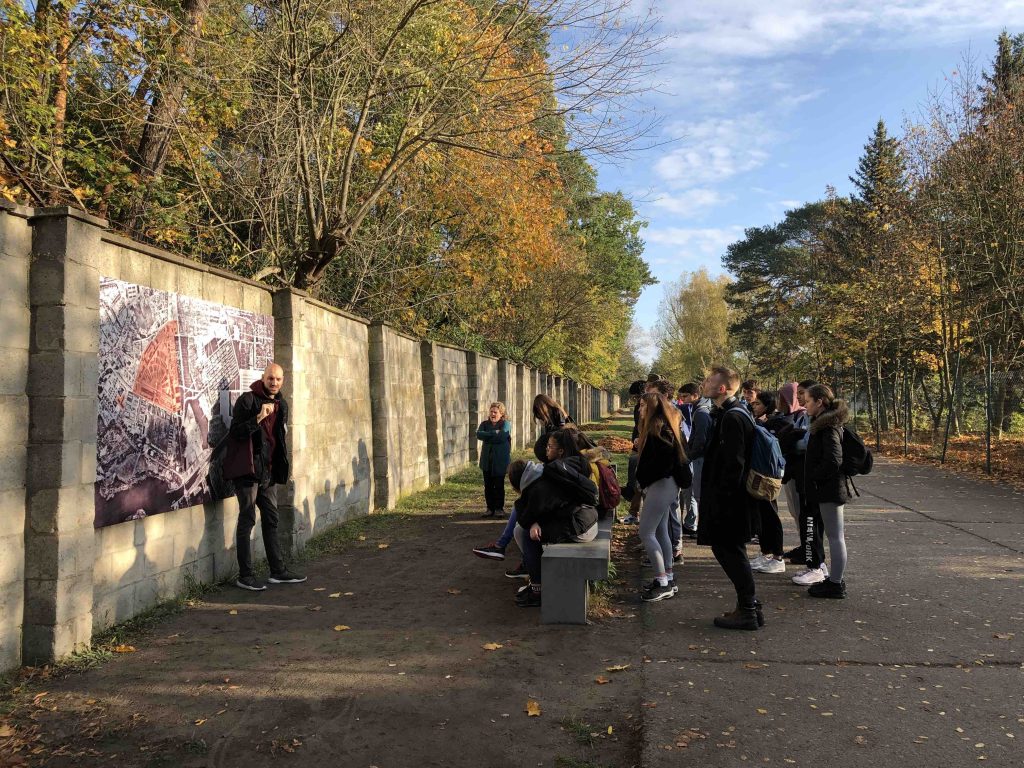
 On the third day in Berlin, we travelled to the Sachsenhausen concentration camp, a camp where many Jews were sent to work. Whilst we were there we saw some reconstructed barracks, and saw that up to 400 prisoners would be housed into 1 small bunk! It was difficult to see the conditions many people suffered in, but it was enlightening as to just how disgusting the Nazi’s actions were.
On the third day in Berlin, we travelled to the Sachsenhausen concentration camp, a camp where many Jews were sent to work. Whilst we were there we saw some reconstructed barracks, and saw that up to 400 prisoners would be housed into 1 small bunk! It was difficult to see the conditions many people suffered in, but it was enlightening as to just how disgusting the Nazi’s actions were. 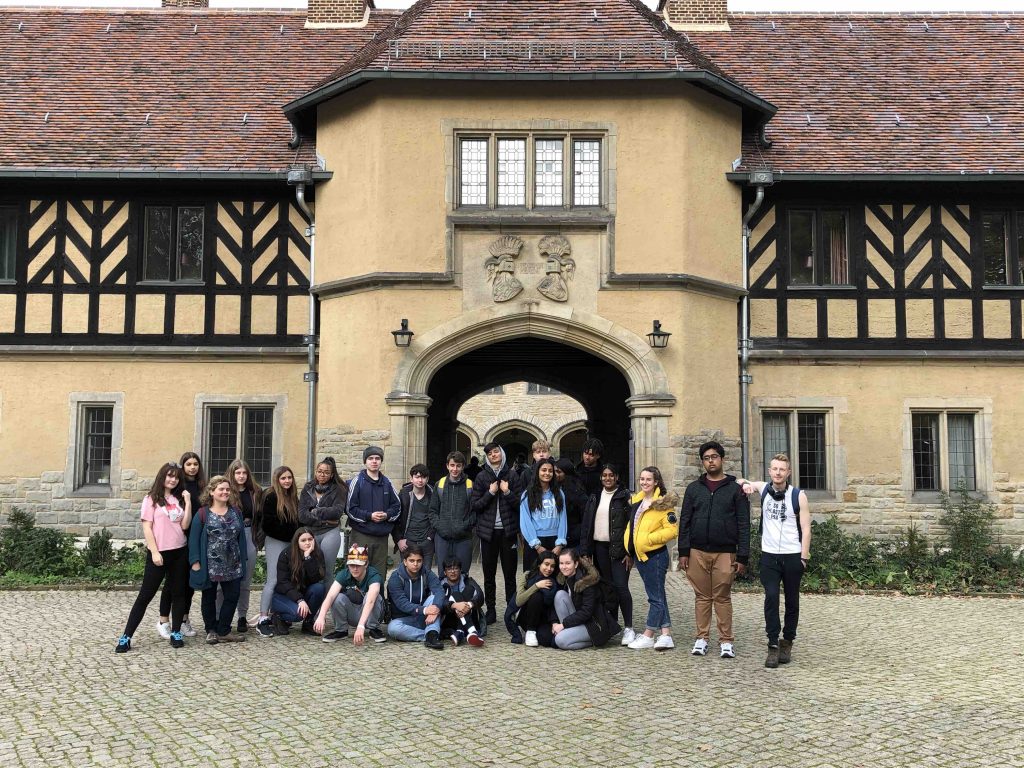 Linking into our next activity, we visited Grunewald railway station, a place where Jews would be transported from one concentration camp to another. On each side of the track, there is a date, a number and the name of a concentration/death camp. This is to commemorate every individual who was transported via the railway. After this, we walked across the Bridge of Spies, a place where there was a lot of tension between the USA and the USSR. To finish off the day, we travelled to the Cecilienhof Palace, which is where the 1945 Potsdam conference took place with Churchill, Stalin and Truman.
Linking into our next activity, we visited Grunewald railway station, a place where Jews would be transported from one concentration camp to another. On each side of the track, there is a date, a number and the name of a concentration/death camp. This is to commemorate every individual who was transported via the railway. After this, we walked across the Bridge of Spies, a place where there was a lot of tension between the USA and the USSR. To finish off the day, we travelled to the Cecilienhof Palace, which is where the 1945 Potsdam conference took place with Churchill, Stalin and Truman.
On the fourth, and final, day in Berlin, after storing our luggage, we visited the German DDR Museum. Here, we were able to engage in the life of former East Germany residents and experience the realities of the socialist rule, thanks to the interactive museum. After lunch, we returned to our accommodation to collect our luggage before travelling to the train station for an afternoon train so that we could travel to the city of Poznan in Poland. We arrived at Poznan in the evening, and so met with our representative enjoyed dinner there. After dinner, we went back to the train station for the overnight train to Krakow.
We first arrived in Krakow early in the morning, at 05:30am, and met our representative. We then travelled to our accommodation and had breakfast.
After breakfast, we travelled to the infamous concentration camp, Auschwitz-Birkenau. During World War II it was the largest concentration camp, and so was a devasting eye opener which showed us the horrors of Nazi Germany. After its liberation in 1945, Auschwitz was turned into a museum, honoring the victims of the Nazis. We had a guided tour, and witnessed the horrific sites of the camp. For example, we saw the gas chambers where many Jews lost their lives. It was a solemn experience.
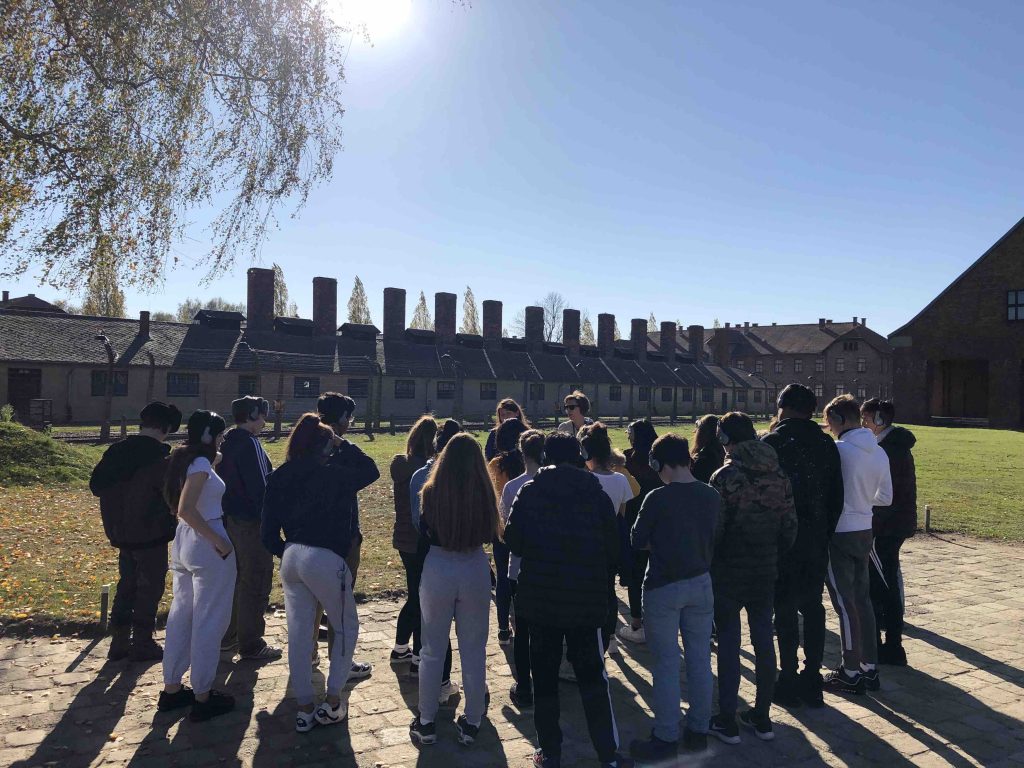
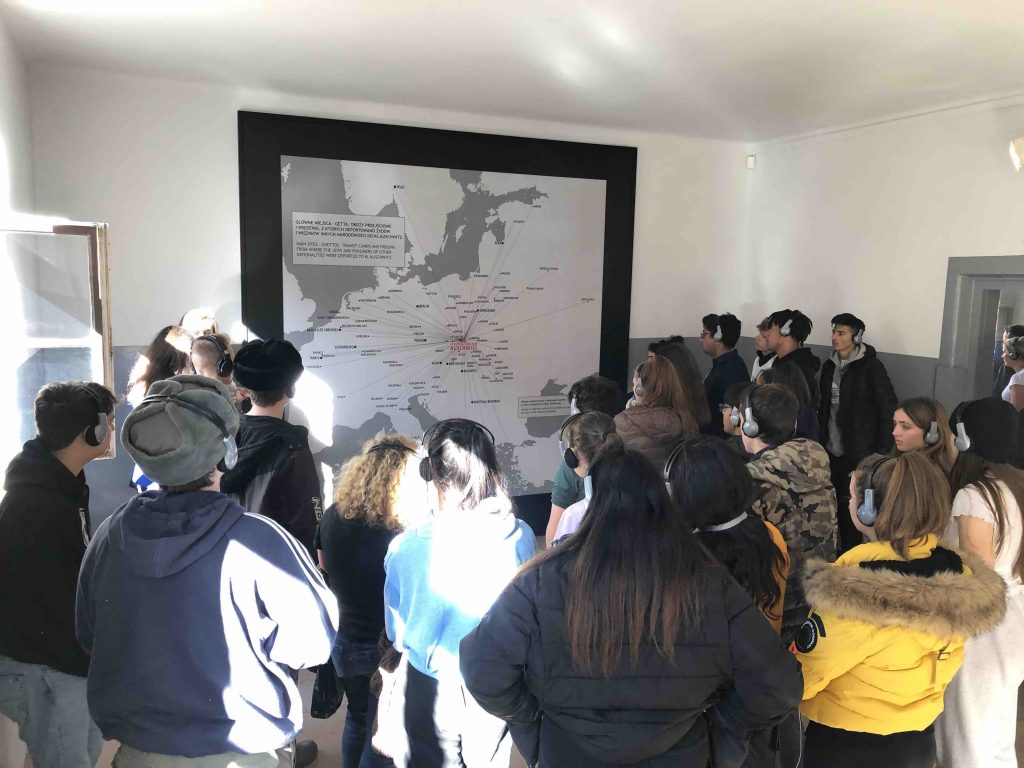
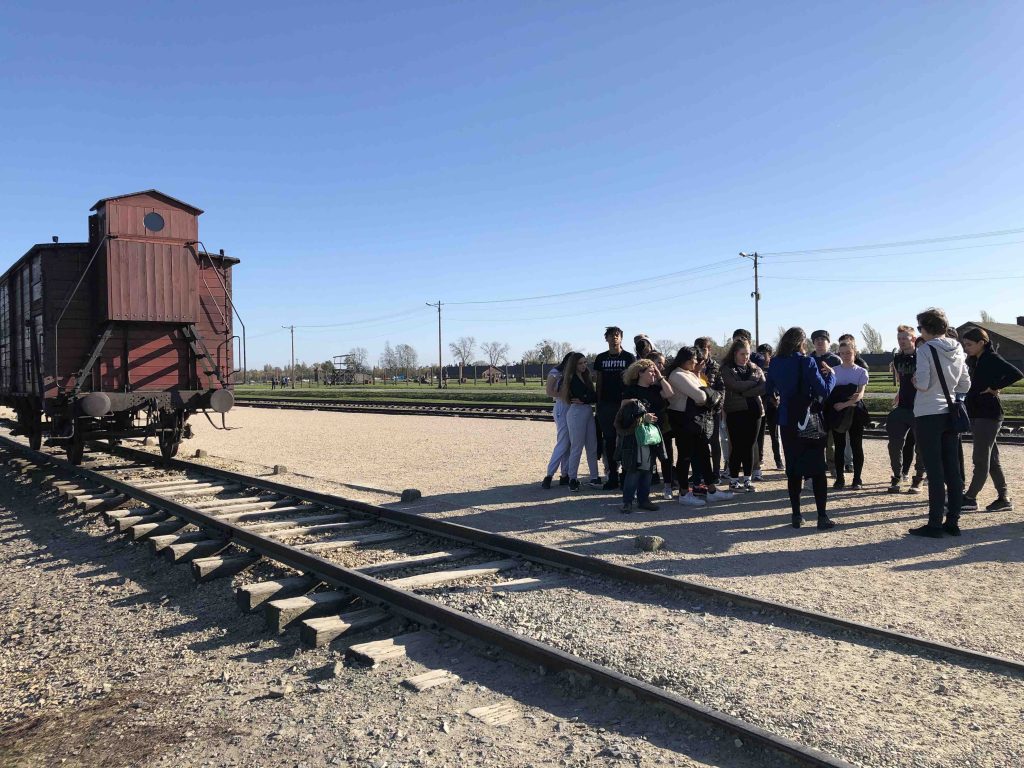
After Auschwitz, we received a guided walking tour of the Jewish Quarter of Kazimierz District. We learnt about the tragic events of the past and visited the Old Synagogue, which was formerly the heart of Krakow’s rich Jewish culture. From there, we went to the main market square in Krakow, where we had free time and were able to witness traditional Polish ways. After dinner, we headed back to our accommodation. 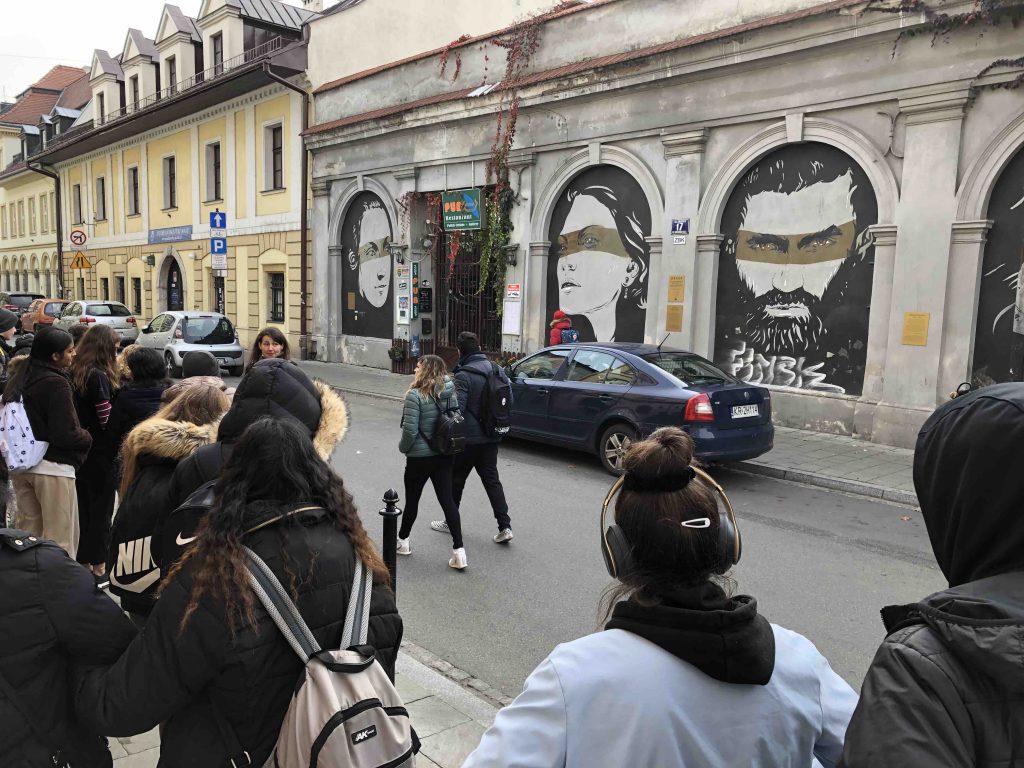
On the second day in Krakow, we visited the famous Wieliczka Salt Mine where we received a guided tour. The Wieliczka salt deposit has been formed for thousands of years as a result of many processes. It has a diverse, unique geological structure.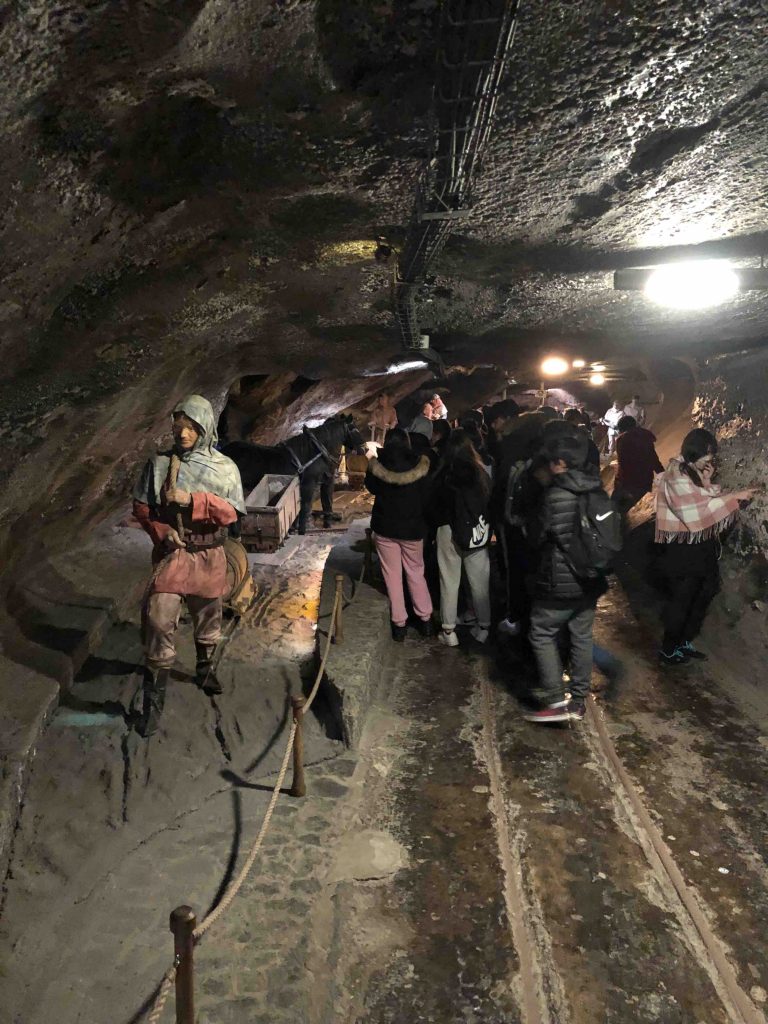
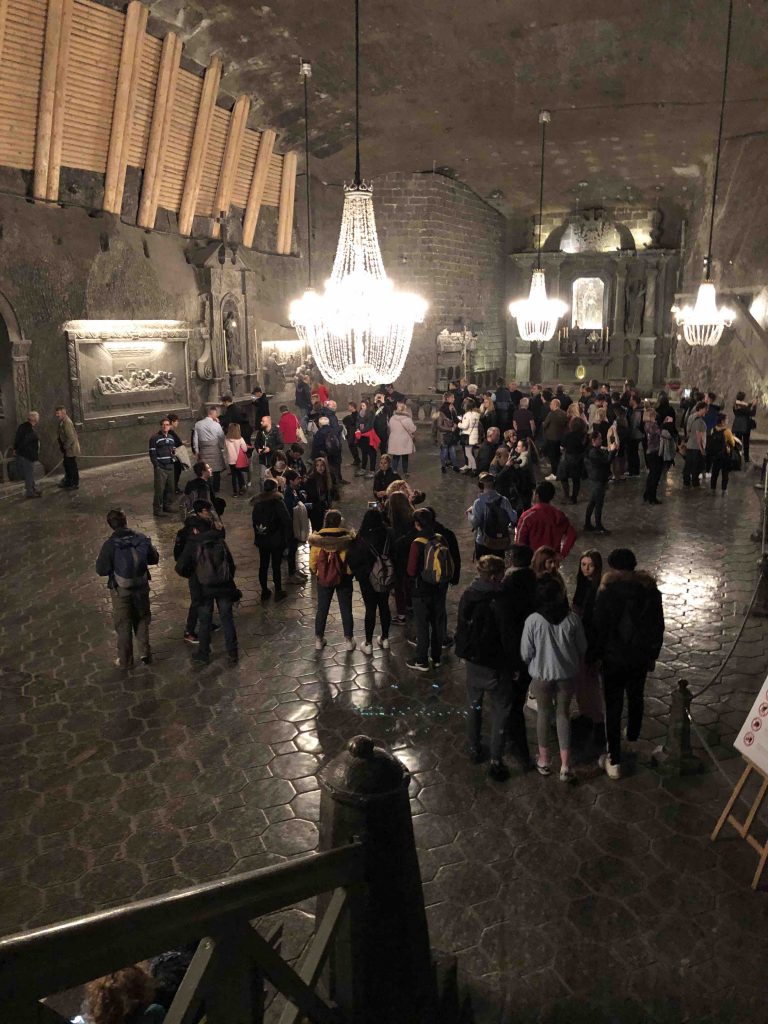 It is located 135 meters underground, and the mines date back to the twelfth century. The mines played an important role in the economical development of the city. This is the only salt mine in the world which is preserved in such a pristine condition. Here, we saw elaborate salt decorations and were able to taste the walls (which tasted of salt!).
It is located 135 meters underground, and the mines date back to the twelfth century. The mines played an important role in the economical development of the city. This is the only salt mine in the world which is preserved in such a pristine condition. Here, we saw elaborate salt decorations and were able to taste the walls (which tasted of salt!).
We headed back to the city and had a walking tour of Krakow city, where we visited the Old Quarter. It was the former capital of Poland, and its rich history is visible today. On this walking tour, we also visited Wawel Castle and Cathedral, which were both beautiful. Polish monarchs were buried in vaulted crypts.
After dinner (and a show), we went bowling.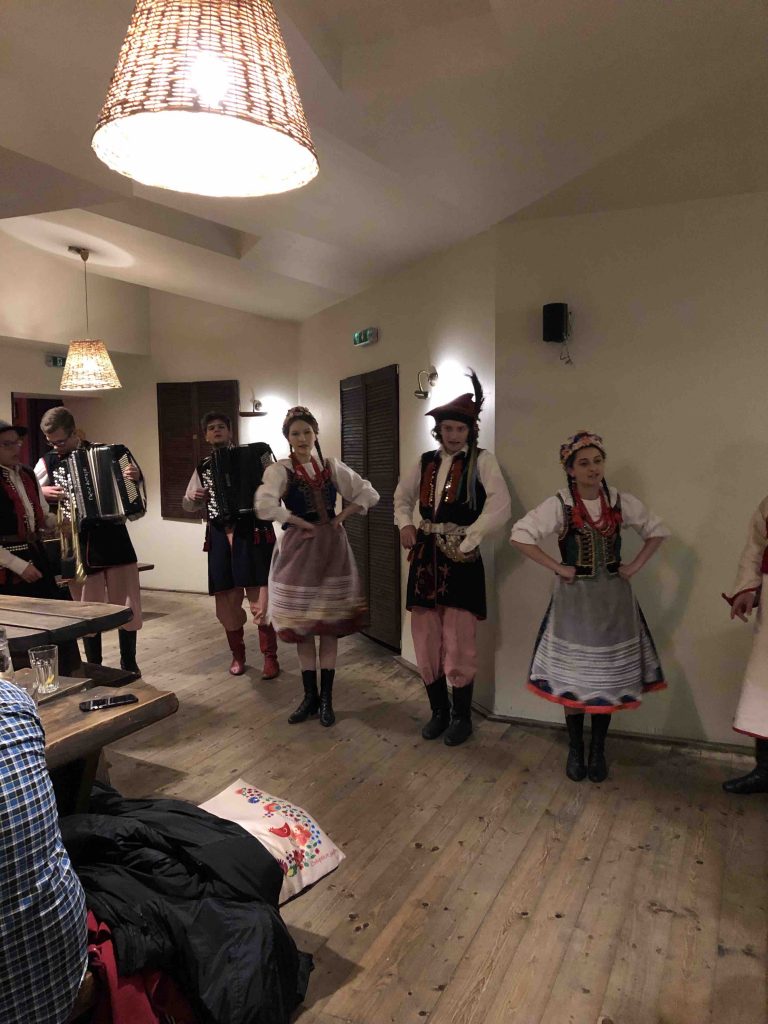
On our third, and final, day in Poland we went to the Galicia Museum which commemorates Jewish victims of the holocaust as well as celebrating Jewish culture and the history of the former Austro-Hungarian region of Galicia. Here, we met a holocaust survivor who dedicated her time and was amazingly sweet and listened to her heartbreaking testimony first hand; her story of how she finally met her father years after fleeing her hometown with her mother.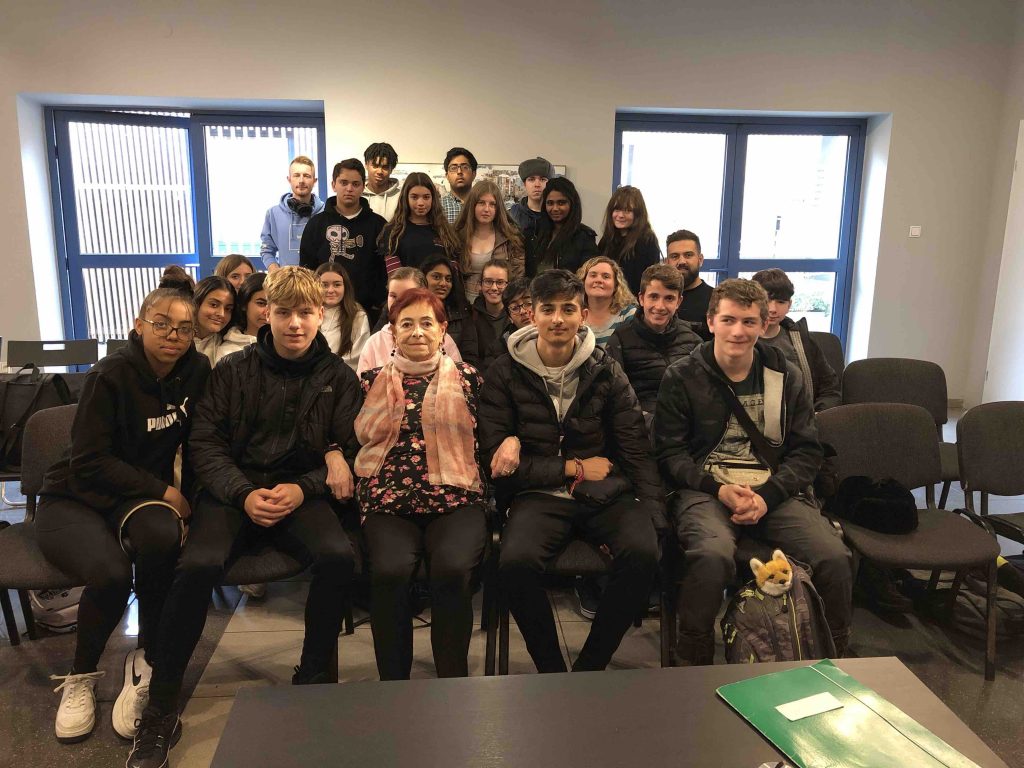
After this, we visited the factory of Oskar Schindler. Oskar Schindler was a man who saved thousands of Jewish workers and was commemorated in the movie: Schindler’s list.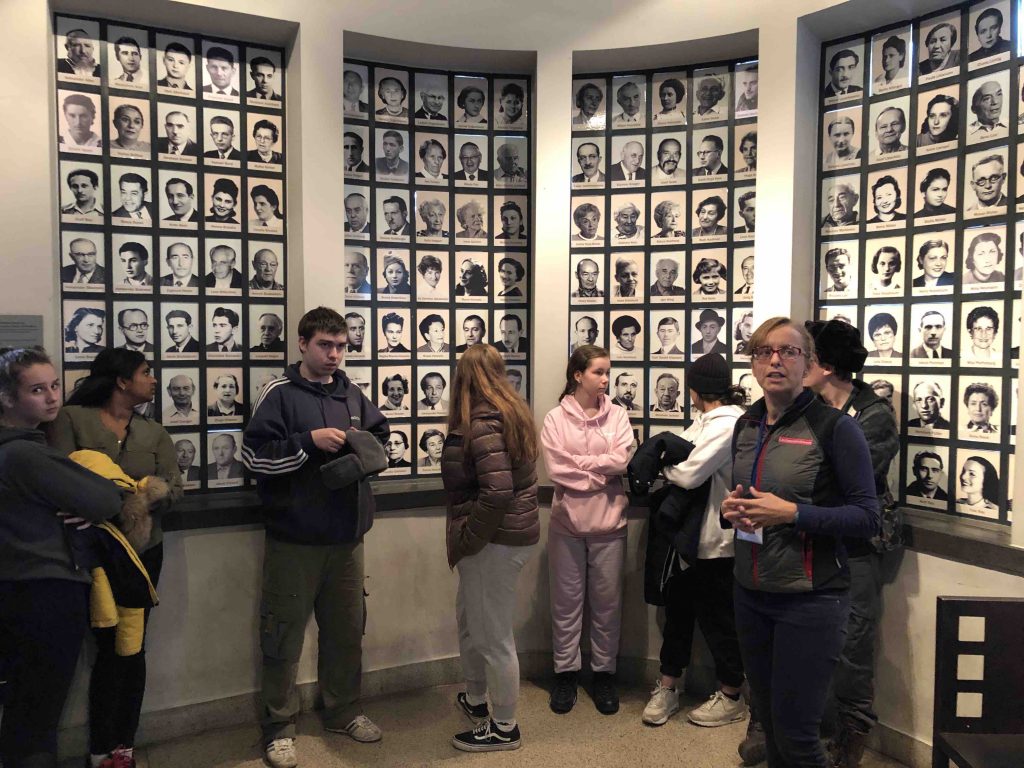
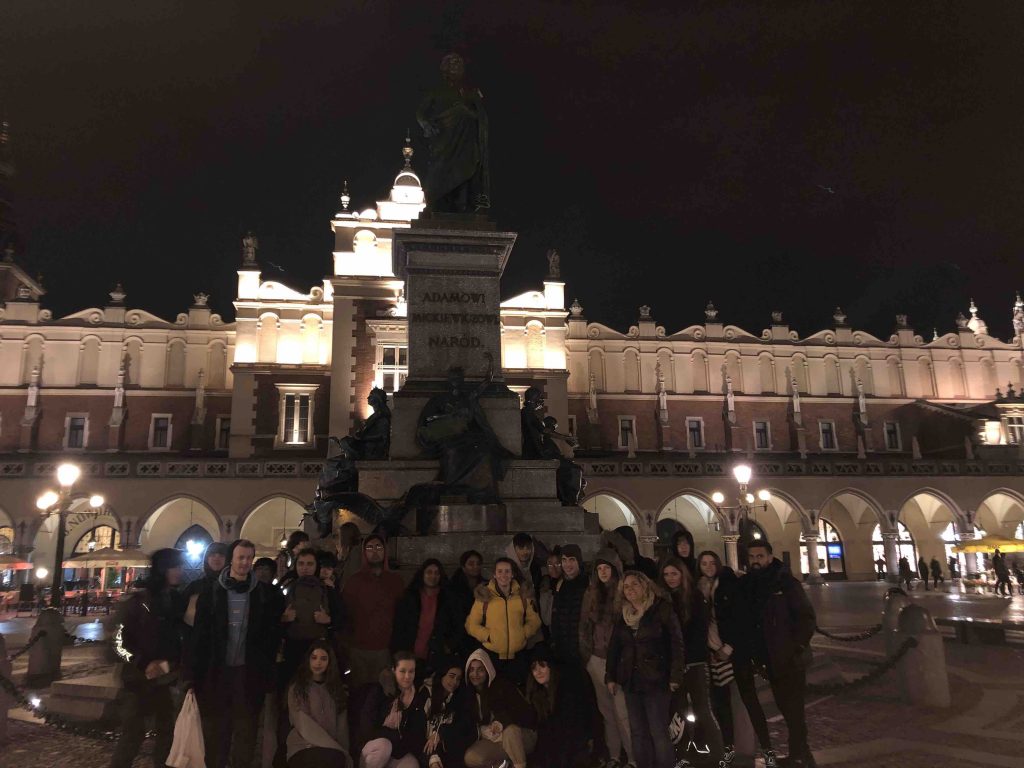
From here we began our journey back home to England.
Overall, we thoroughly enjoyed our time on the trip and we speak on behalf of the rest of the group.
By Bhavya Patel, Inaya Khan and Rebecca Allen.
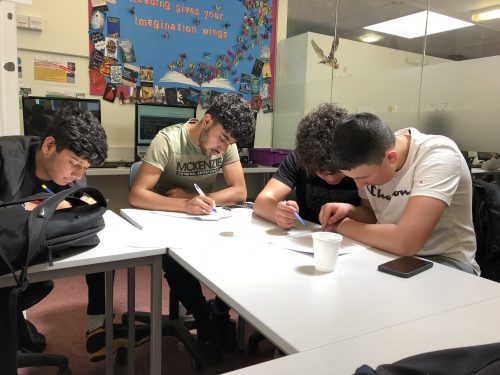
Our Study Saturday Initiative continues to be very popular with many students in Year 11 and 13 and one of the most powerful strategies to create momentum and encourage even more...
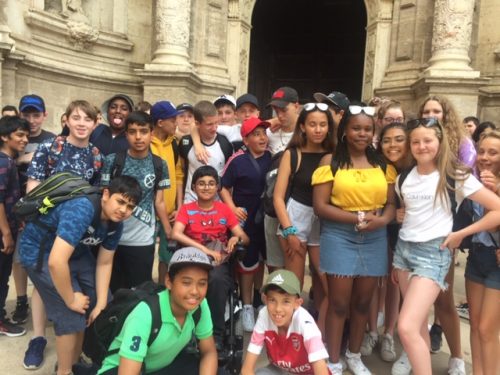
Monday 8th July On the 8th of July, 42 of us in Year 8 flew all the way to Valencia, Spain with our teachers. We all had to get up very early at 4:30 in the morning, in order to...